Room Acoustics: 5 Ways You Are Ruining Your Home Audio
Windows, ceilings, and floors can have a negative impact on your room acoustics. Here’s how to make your room and home audio system sound better.
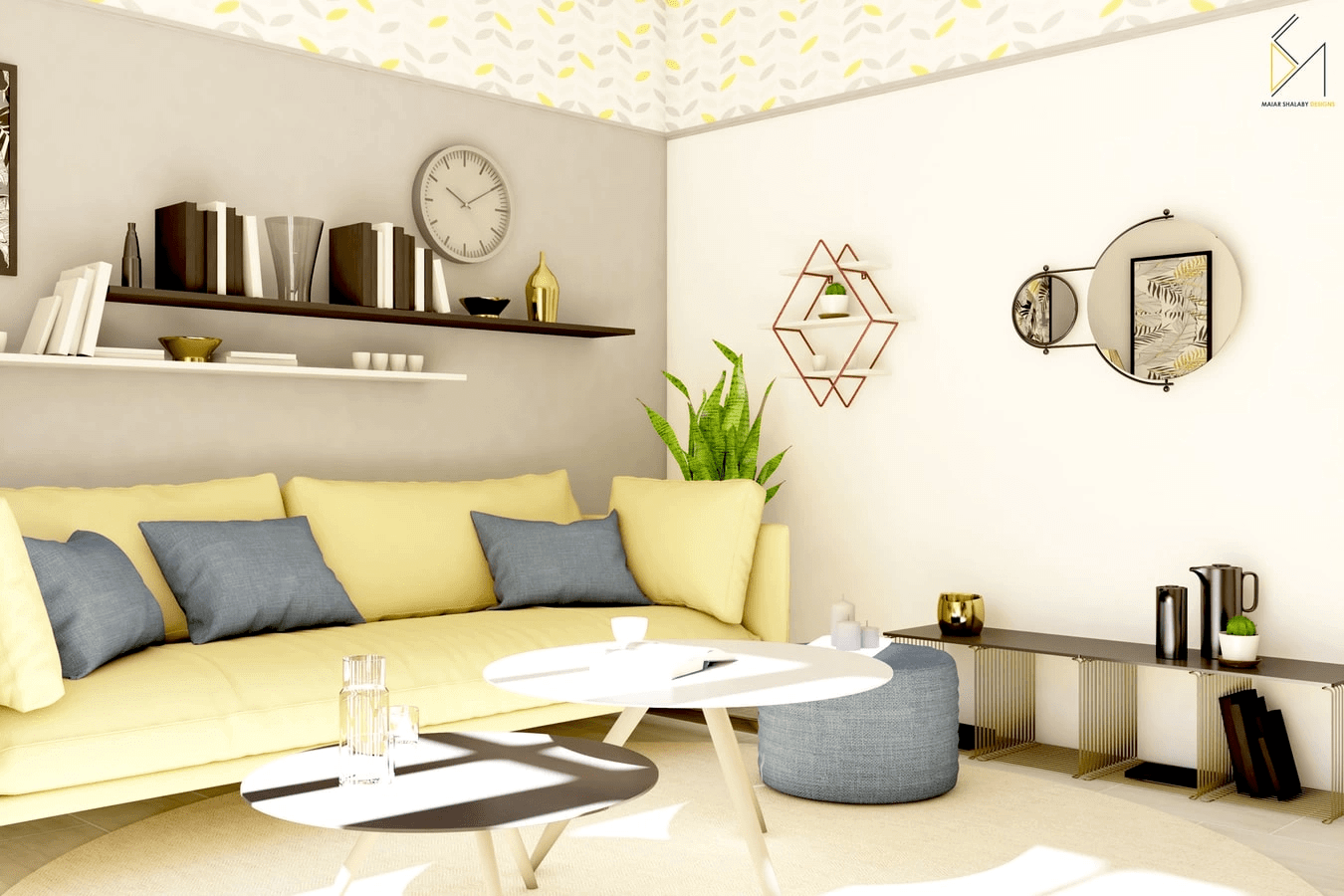
Every audio enthusiast wants the best sound quality possible, but there is more to think about then just the audio equipment. Your room might be playing a larger role in harming your sound quality than you realize. Below are the top 5 ways your room might be hurting your sound quality. These audio offenders are your biggest obstacle from achieving audio bliss in your home entertainment room.
1. Glass Windows
Windows let in wonderful natural light into your house, but on the flip side, they also are a very hard surface. Hard surfaces will reflect sound waves that are coming from your speakers. When sound waves are reflected back into a room they can have a muddying or veiling effect to the sound quality. This will reduce the resolution of your speakers, keeping you from hearing the subtle nuances of a song or a movie’s soundtrack. The impact your windows have on sound can be reduced by installing cloth curtains or blinds.
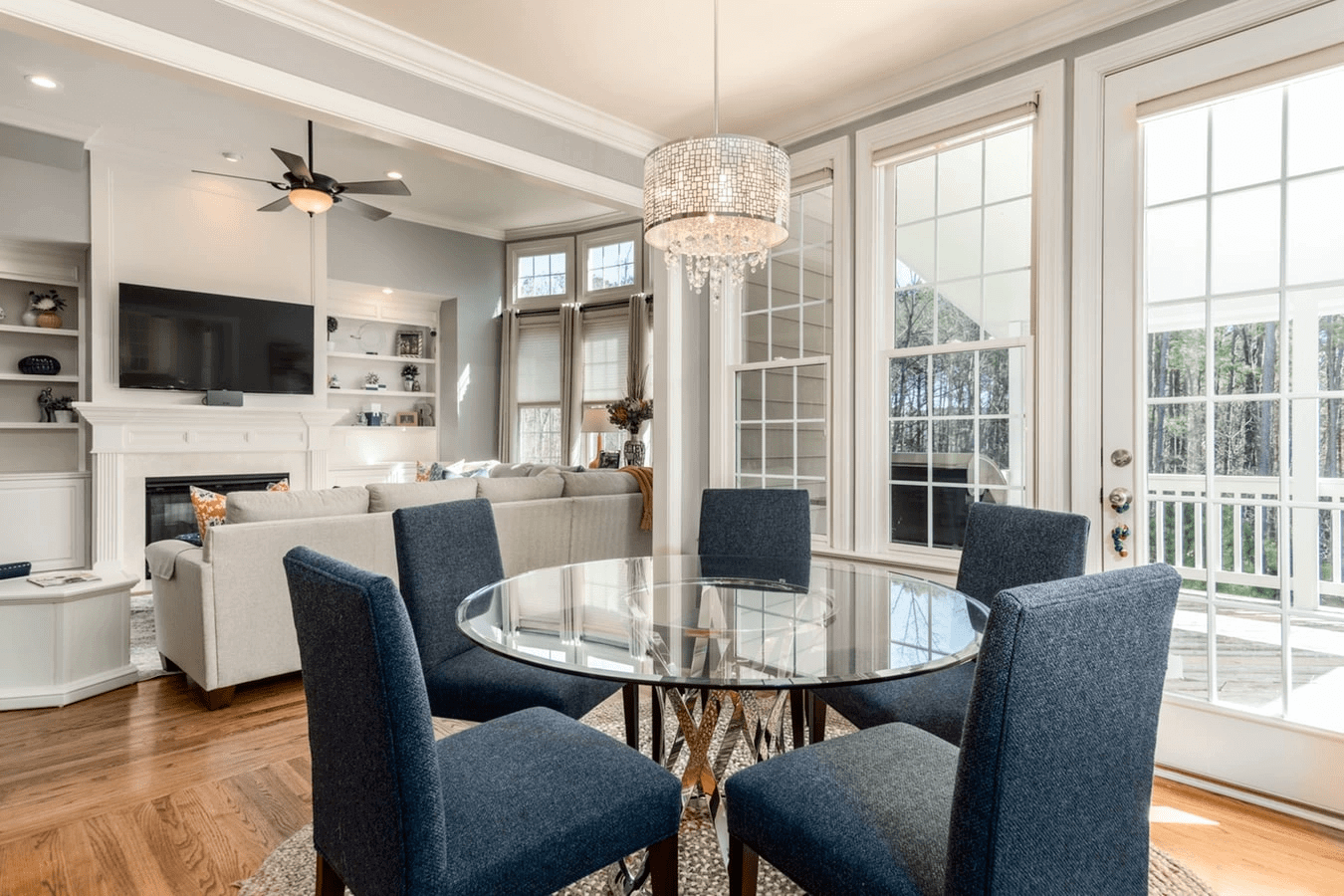
2. Vaulted Ceilings
Your beautiful vaulted ceilings might look stunning, but they also can create irregular reflections that bounce sound waves around in weird ways. This can create a room that sounds confused with echoes of past audio sounds. Adding acoustic treatments to your vaulted ceilings can help absorb or diffuse the negative impact your vaulted ceiling is having on your sound quality.
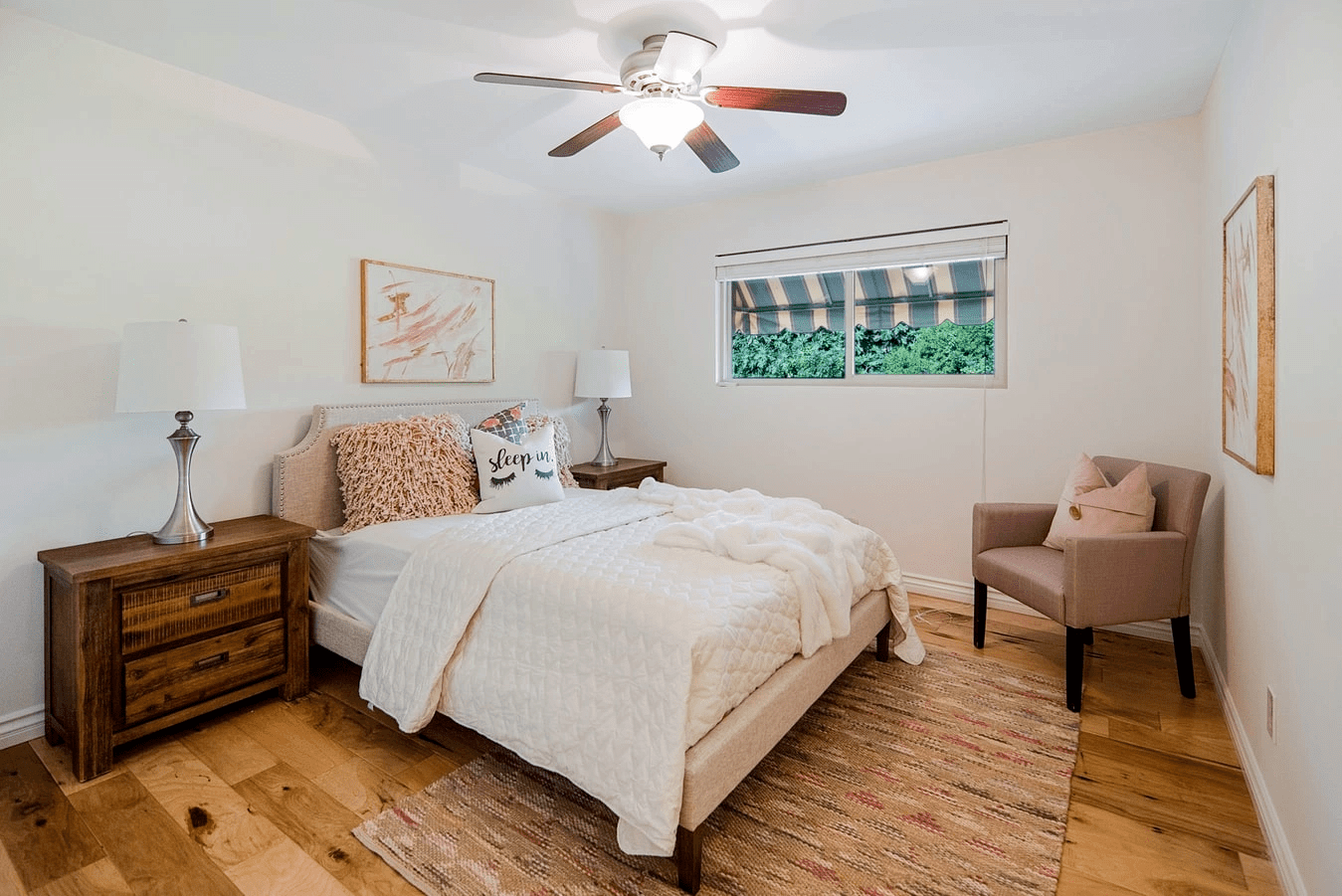
3. Hardwood/tile floors
A lot of houses have hardwood and tile floors. These hard surfaces are great for making your home look nice, but they also reflect a lot of sound waves into your room. Similar to glass windows, hardwood and tile floors, if left untreated, will significantly impact your sound quality. Throw rugs are a great way to reduce their impact. By placing a throw rug in between your seating position and the speakers. You can help eliminate or reduce the reflections you hear from your hardwood or tile floors.
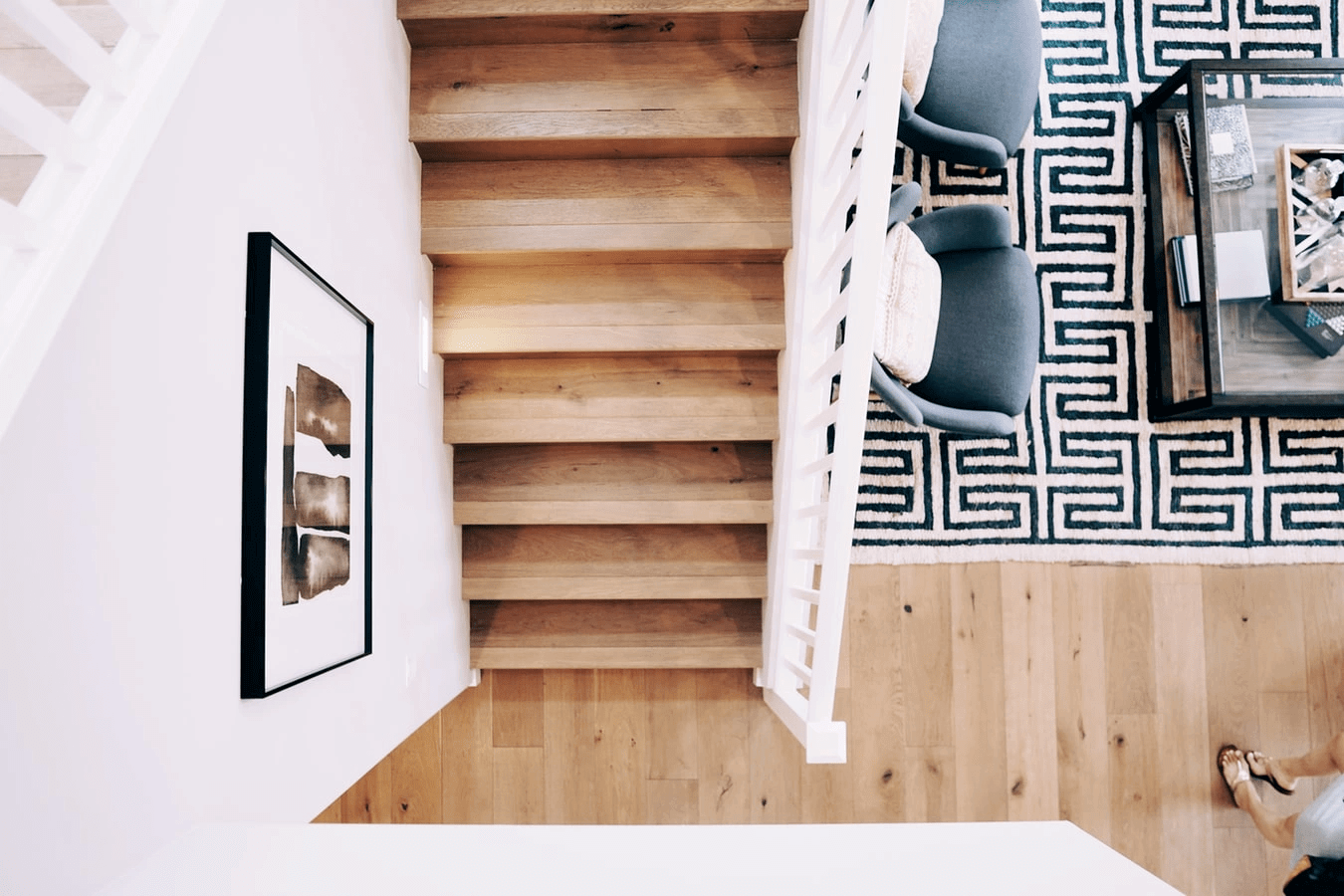
4. Walls
Obviously, walls are unavoidable, but similarly to glass windows and hardwood/tile floors, your walls can play a substantial role in sound quality by reflecting sound into your listening area. The good news is that the negative impact they have on sound quality can be reduced easily. You can add sound absorption panels to your walls to help reduce the first reflections points next to your speakers. An easy fix is adding a bookcase to your entertainment room to help scatter the reflections, so they don’t hurt the sound quality.
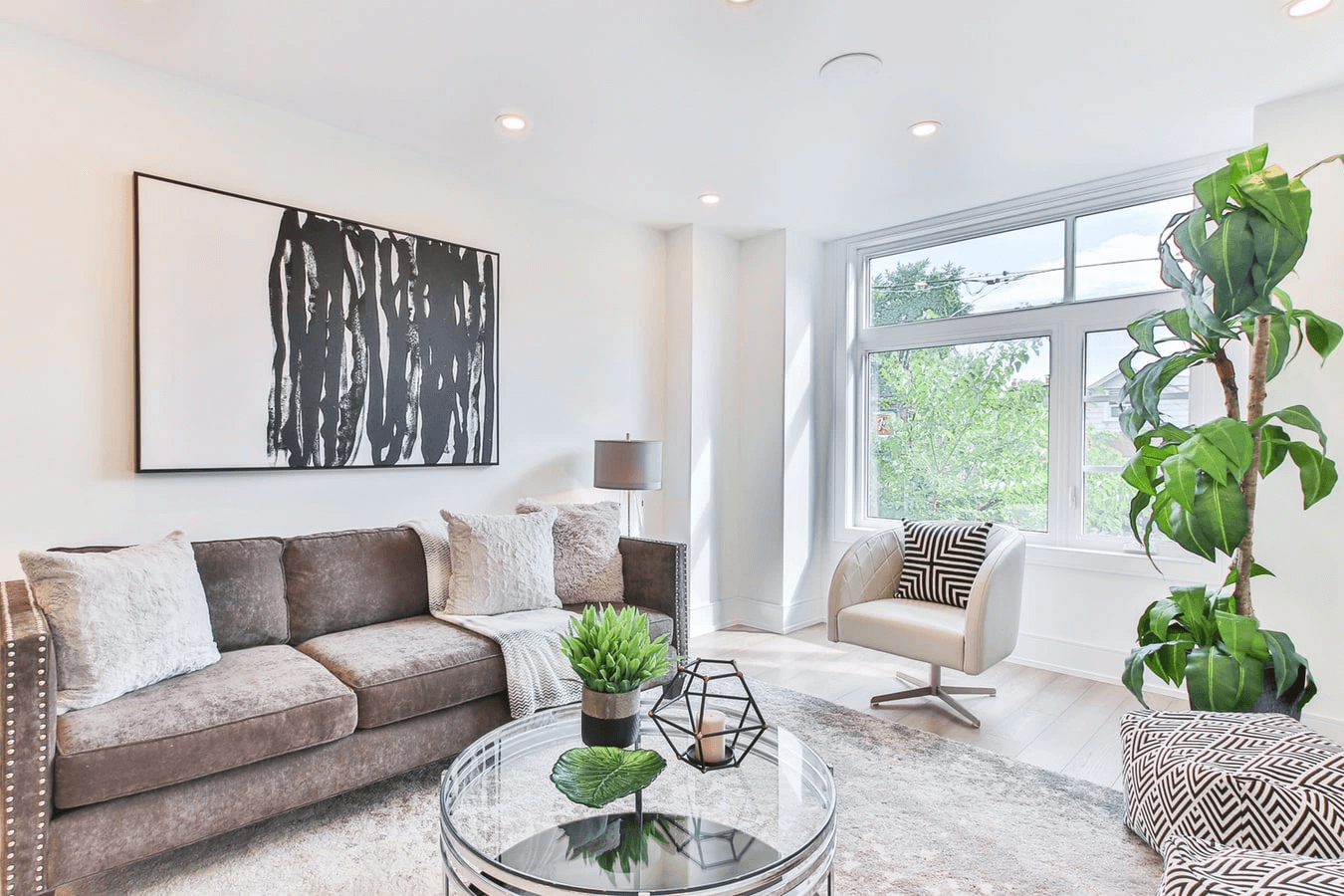
5. Furniture
Your beautiful leather couch and hardwood coffee table might look great, but they’re made of materials that don’t absorb much sound. Similarly to the other obstacles touched on, your furniture might be reflecting sound waves in a way that is degrading your sound quality. By adding pillows and a throw blanket to your leather couch, you will help create natural absorption in your room. You can put various items on your coffee table that reduces the reflective surface, which will help diffuse the sound waves from being reflected right at your ears. Its little subtle changes that will make all the difference in getting the best out of your audio equipment.
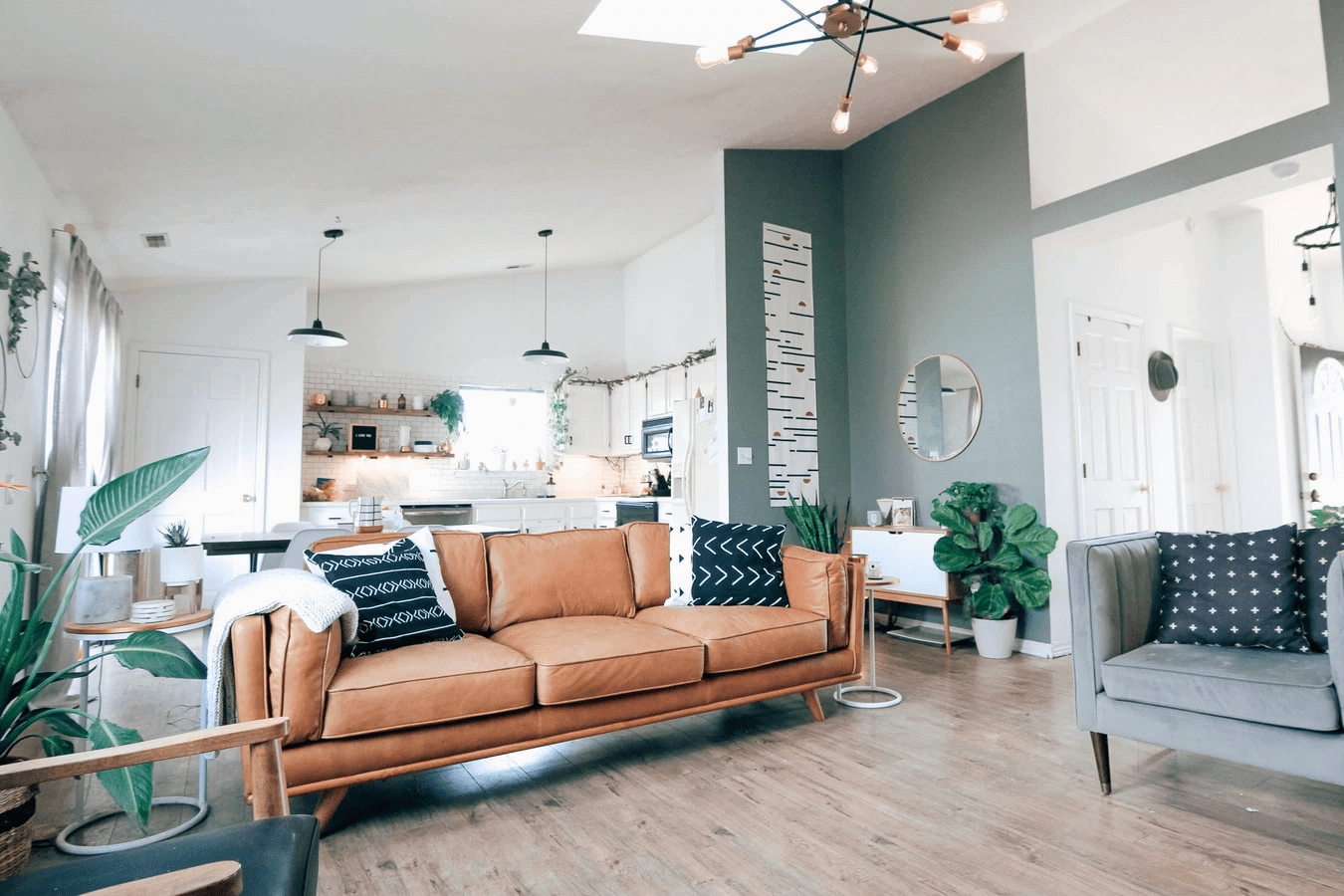
For all your acoustics and soundproofing needs, contact Acoustica Projects now!
Call us 1300 498 268
Email us – enquires@acousticaprojects.com.au
Website – www.acousticaprojects.com.au

